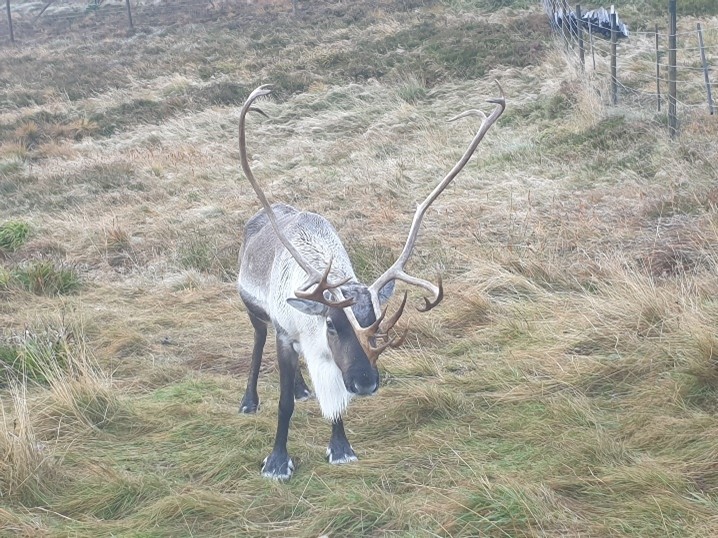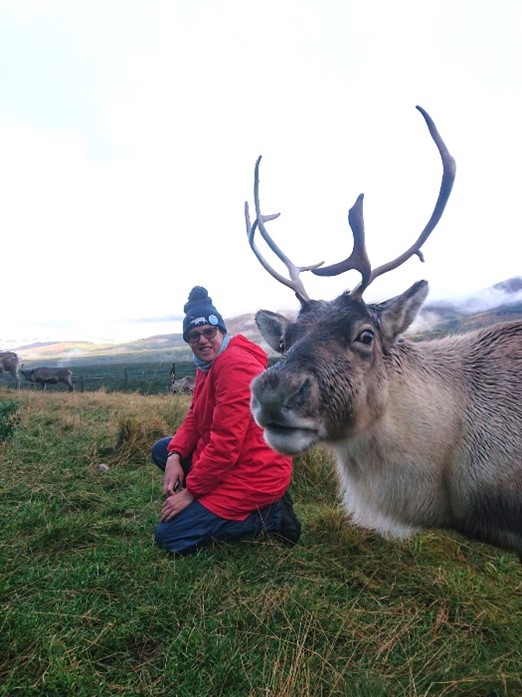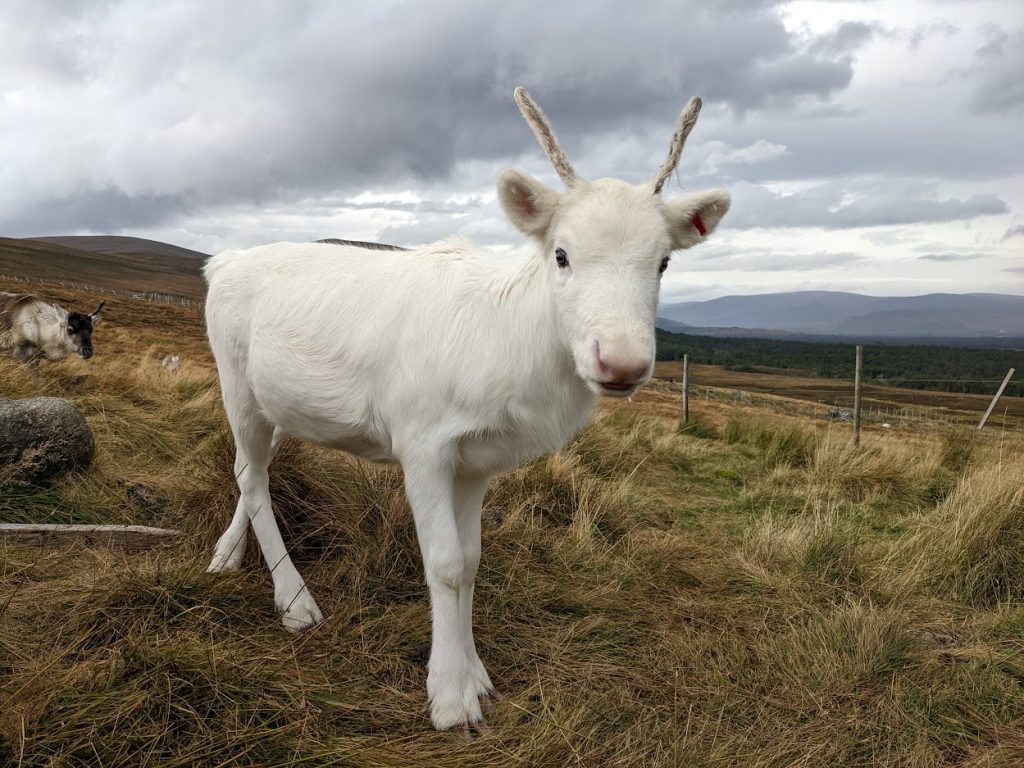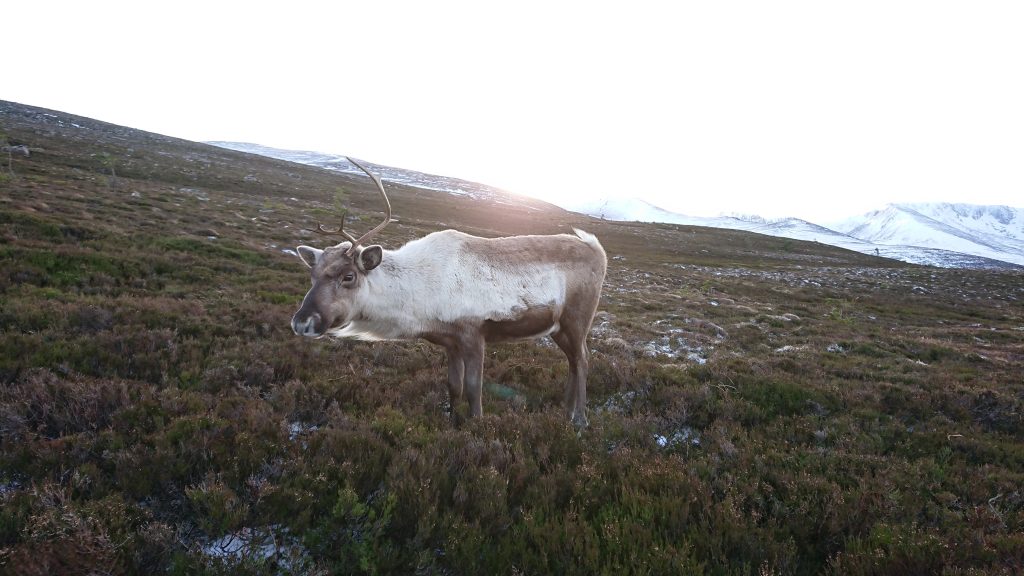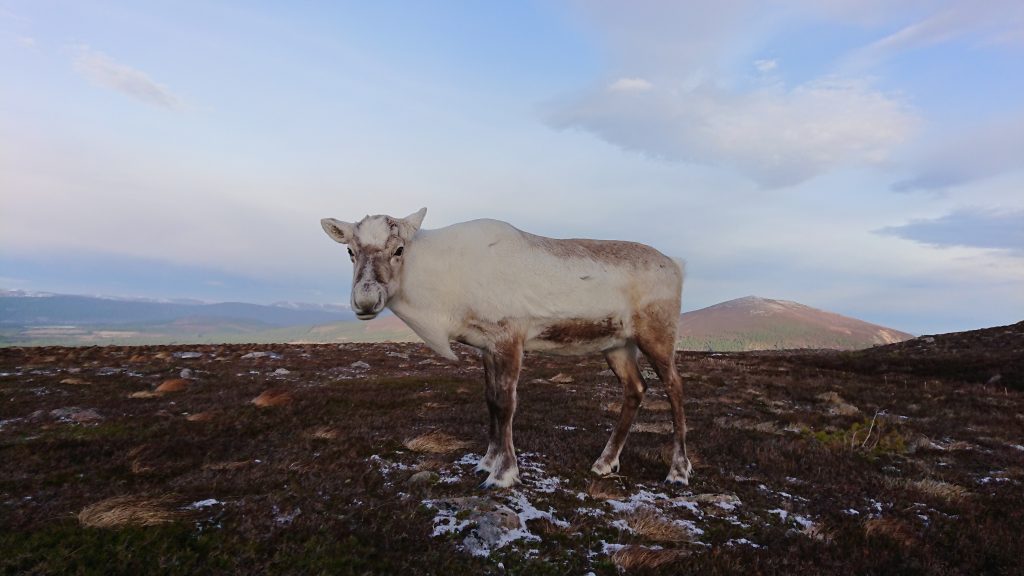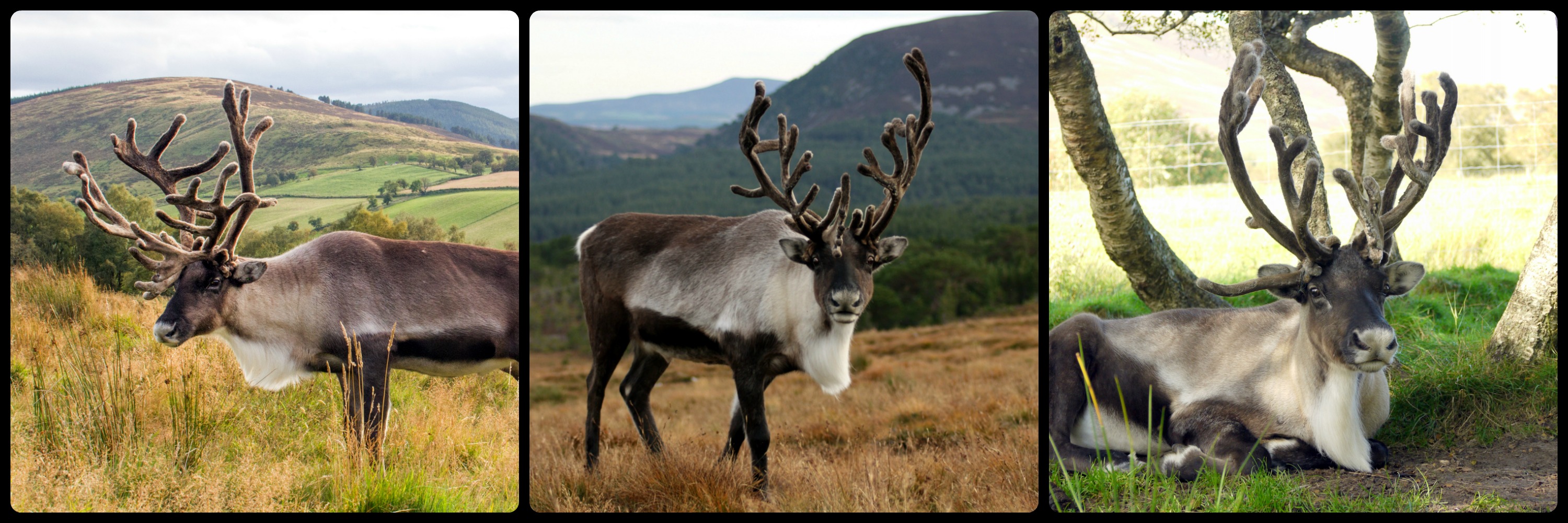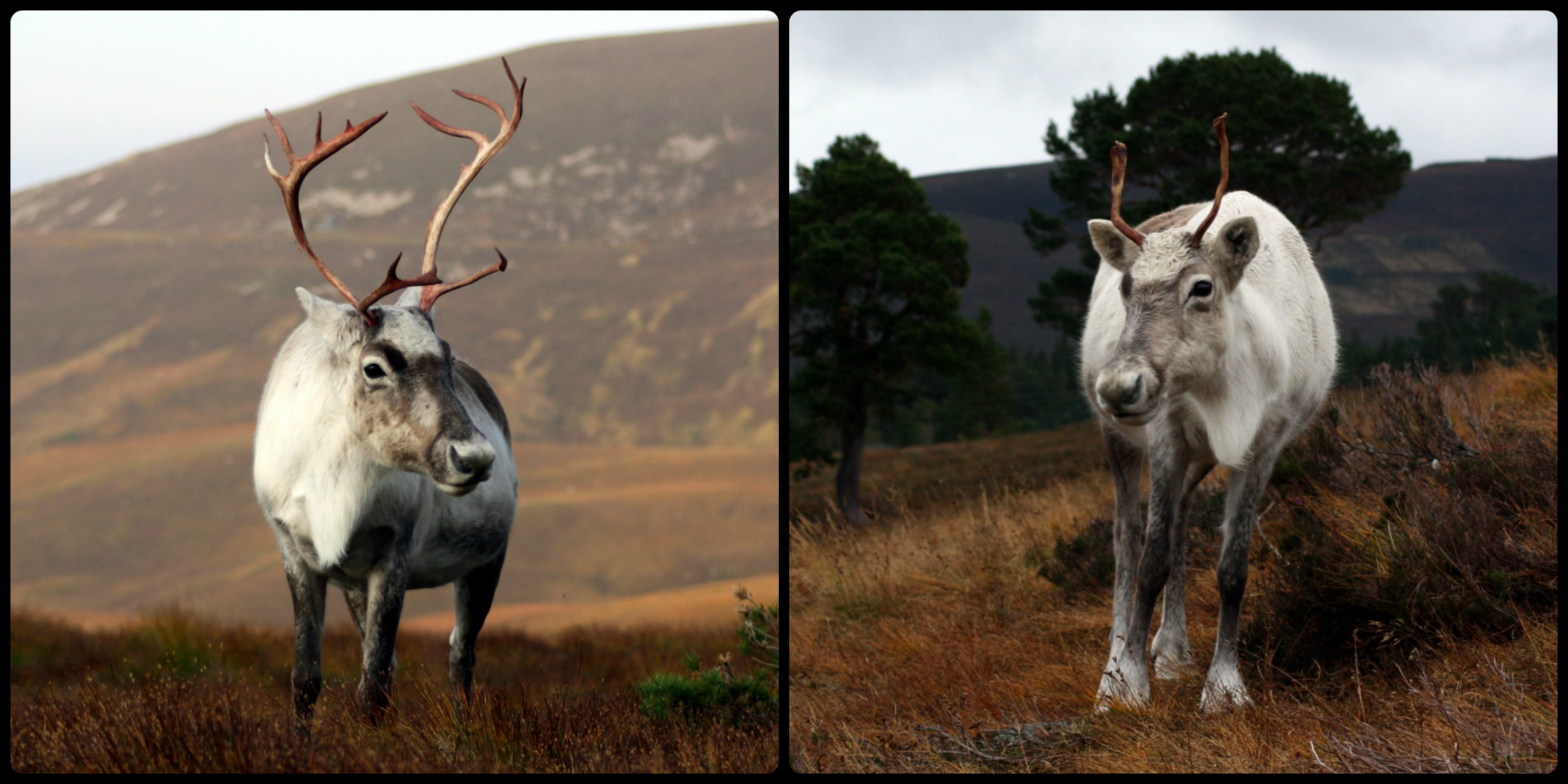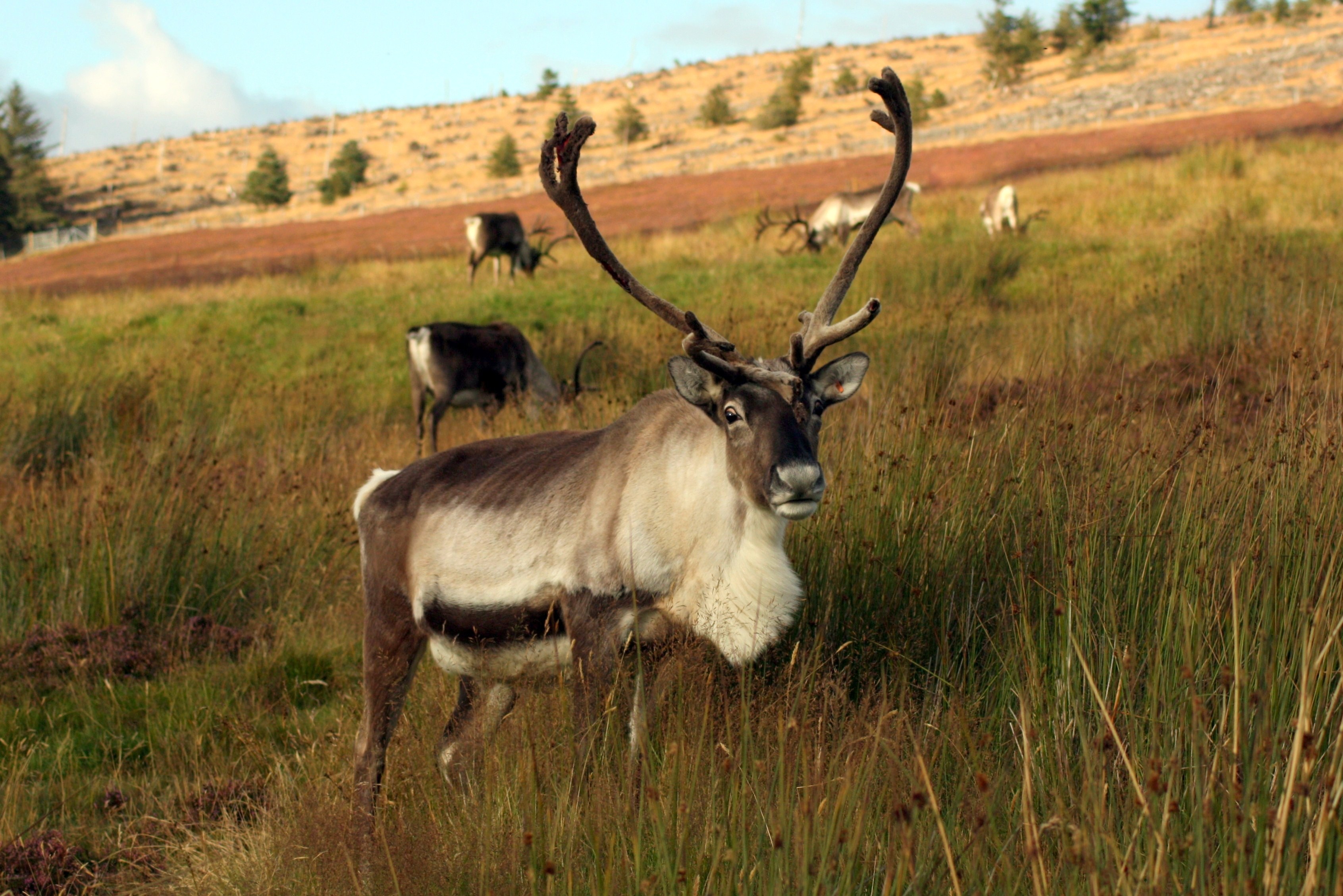Normally I write these sort of blogs about reindeer who are long since passed, but Lulu was a bit of a favourite of mine so despite dying relatively recently, she’s getting special treatment.

Born in 2006, Lulu was one of the very few reindeer in the herd alive until recently who were here when I first started, back in 2007. She was just a yearling at that point, but even at that stage her reputation preceded her and we called her ‘ASBO Lulu’ on a regular basis, due to her habit of occasionally nailing visitors with her small (but still sharp) antlers. I remember having to split her off from the main herd in the enclosure every morning, to keep a nice tall fence between her and any unsuspecting people.

Going back to 2006, Lulu was orphaned at about 6 months old, her mother Nugget passing away whilst Lulu was away with one of the Christmas teams at some festive events down south. Having to fend for herself from a relatively young age presumably helped to hone her tenacious character. Lulu was 18 months old when I first knew her, so I sadly don’t remember Nugget.

Lulu grew into a very distinctive reindeer, light coloured with a particularly pale forehead, and small, neat antlers with lots of points. A pair of these are on the wall in my house still. Although she never grew particularly huge antlers, throughout her life she was unpredictable with them, and you could never trust her not to go for a visitor. It was never outright aggression – just done for fun. I heard tales from multiple walkers over the years who had bumped into a group of free-ranging reindeer and told me of a white one who kept ‘attacking’ them. Ah, you met Lulu, then.


I’ve just looked at Lulu’s calving record, to remind myself of who she had. Incredibly, all of the 8 calves she had over the course of her lifetime were male, an unsurpassed record in the herd surely. She didn’t have the best success as a young mum, with her first couple of calves not making it past a few months old. Then came LX though, born in 2012, and he’s still with us in the herd today. Born light brown with a white forehead, he turned white and looked very similar to Lulu, albeit in male form.

Pure white Blue was next, and then Lulu fancied a change in colour and had a jet black calf the following year! Her moment of calving glory however, was the birth of the first live twins in the herd, in 2018. Named Starsky and Hutch, we had great fun with these guys through the summer months, and all the visitors loved meeting them in the hill enclosure on the tours. Sadly neither survived long term, leading us to make the decision that if and when we had live twins born again we would hand-rear one of them and leave mum to cope with only one – a decision that had to kick into action this spring with Suebi’s twins.
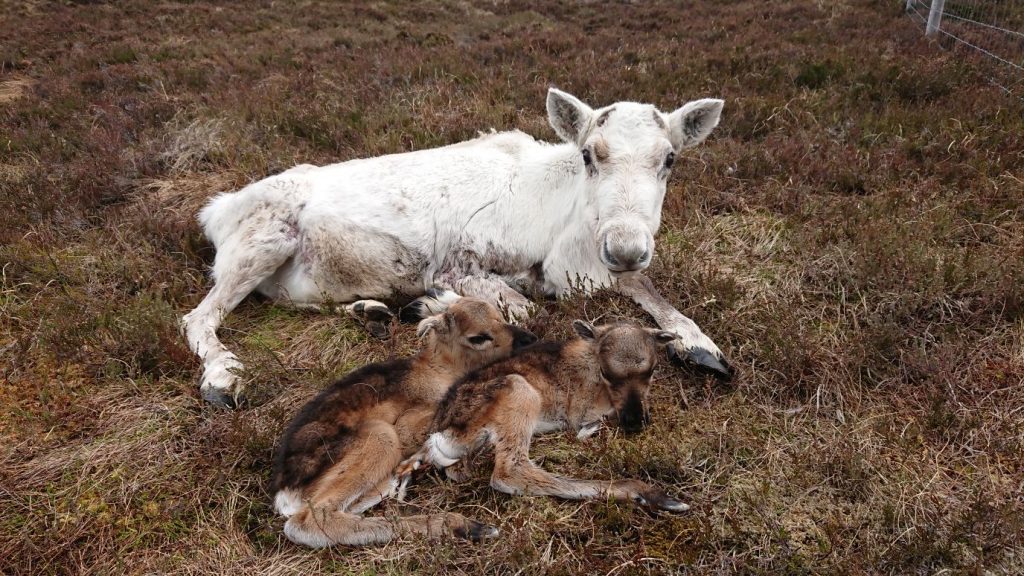
12 years old when Starsky and Hutch were born, we decided that that was it for Lulu and it was time to retire from motherhood and enjoy life as an old lady with no hangers-on. That she did, still periodically nailing visitors from time to time – even just last winter we had to move her to join a part of the herd elsewhere away from the tours after she did her best to annihilate a somewhat surprised lady! 16 and a half and still disreputable – what a gal. For context, the average age for a female reindeer is around 13 – to be clouted by a 16 year old reindeer is akin to being beaten up by an ancient granny wielding her zimmer.


Lulu was very healthy all of her life – bar a brief but nasty illness in 2018 when we thought we’d lose her – but this year she started to show her age and she was found out on the mountains having passed away in the late summer. 17 is an excellent age, so Lulu had a great innings and outlived all but two of her compatriots from the 2006 calving, as well as most of her offspring. Her and her bad behaviour have been a constant throughout my time here, so amongst the herders I’ll miss her particularly I think.
Hen




